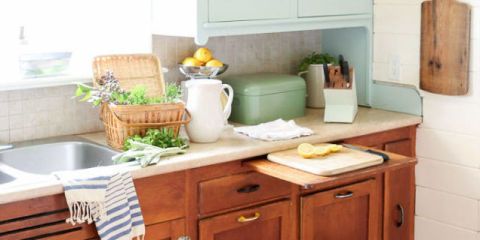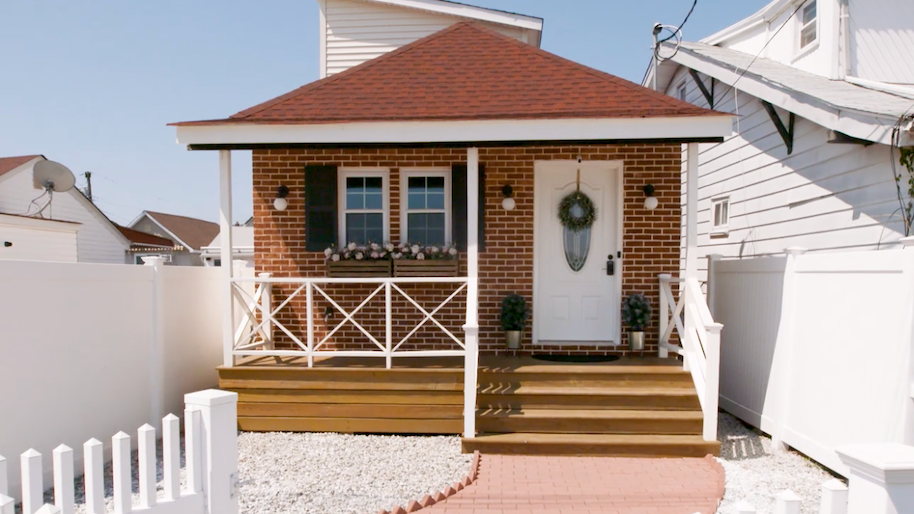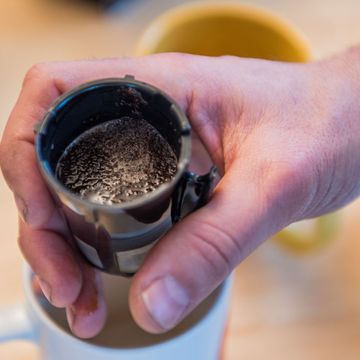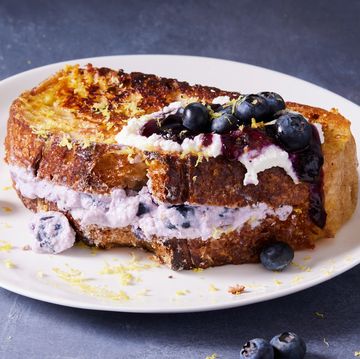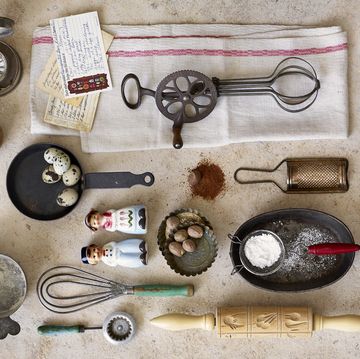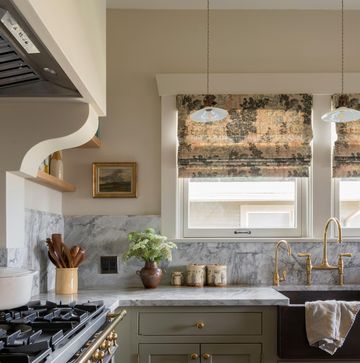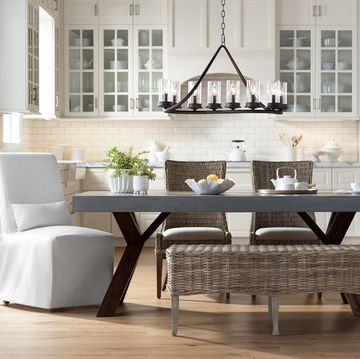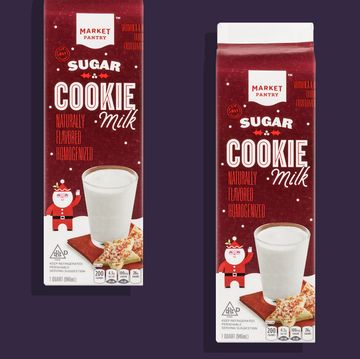They're a space-saving staple in kitchens, vintage and modern alike and you probably always assumed you knew their intended purpose. That wooden board that slides out from under your kitchen counter is a built-in cutting board, right? Wrong!
Well, sort of. Although people have long utilized these hidden wonders for prepping and chopping ingredients, it turns out those so-called "pull-out cutting boards" were originally called "breadboards" and meant to serve as a counter extension specifically for kneading bread. Who knew?
The Harper Collins dictionary defines breadboard as "a board on which dough is kneaded or bread is sliced." No mention of chopping at all!
Of course, times change and everything evolves. Take that drawer under your oven, which is actually a warming drawer but you probably use for storage pots and pans. Odds are, you're not doing a lot of bread-kneading in your day-to-day life, and it's not such a stretch to go from slicing bread to dicing fruits and veggies. You should use the convenient feature in whatever way is most, well, convenient for you, whether that's using it to hold plates or appliances or prepping ingredients. (Just make sure you regularly clean it and never use it for raw meat!)
But this could explain why the ones in older homes often have to be replaced — they simply weren't built for that much wear and tear. The constant contact with blades causes scarring, and the exposure to moisture (combined with the fact that they don't get much air flow once they're put away) can cause warping and cupping.
These days, you can order double-sided slide-out breadboards to flip over when one side has had enough. You have the choice of wood (opt for maple, which CuttingBoard.com says is naturally antimicrobial and resistant to knife scarring) or high density polyethylene and Richlite, a more durable and less porous alternative. And of course, you have the option to customize with finger pulls and edging that complements your countertops.
